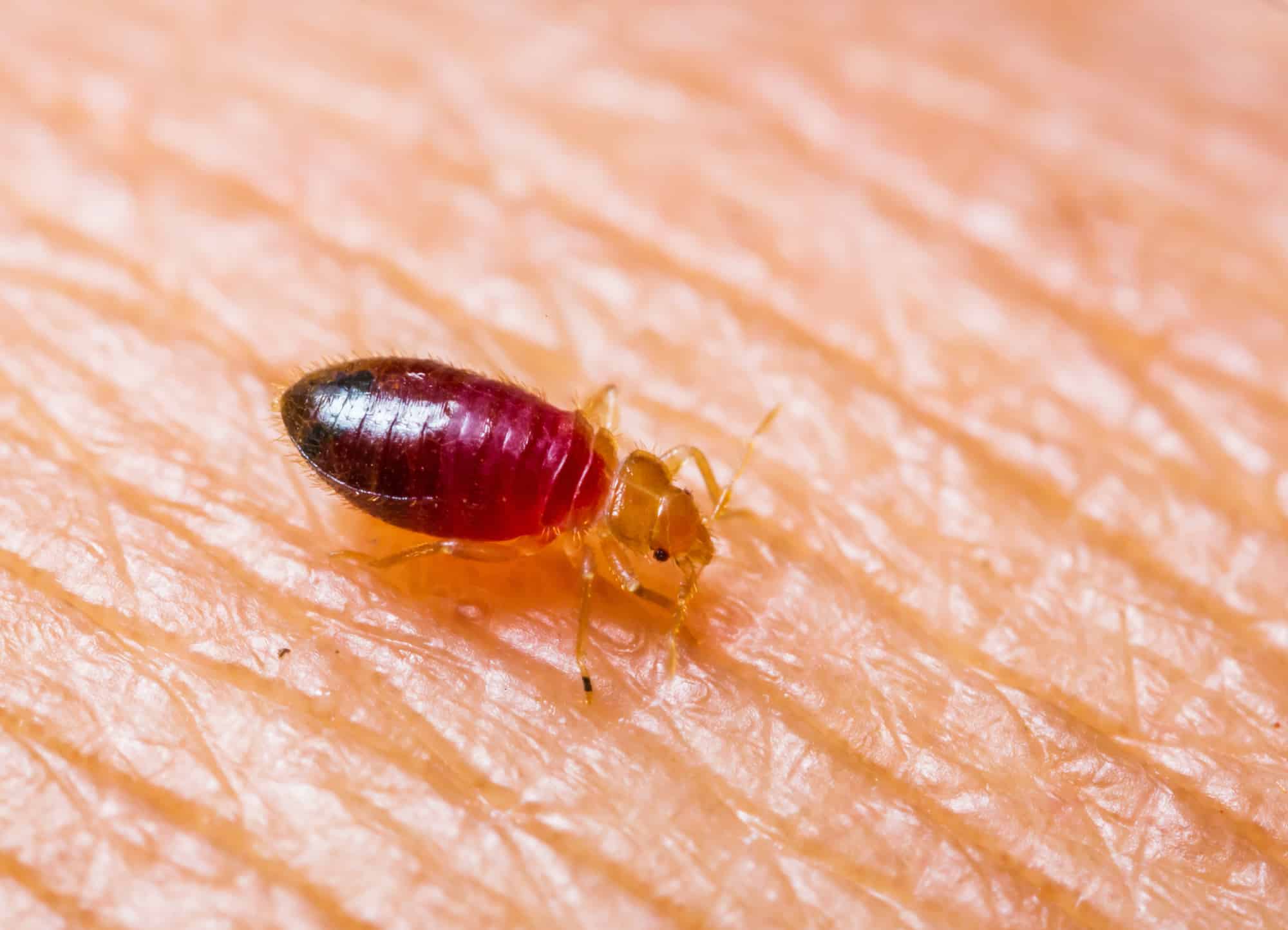June 6th, 2019

In the United States, the problem of bed bugs is growing. One out of five Americans have either had a bed bug infestation or know someone who has encountered them. If you see baby bed bugs, the problem is probably even more advanced. Females can lay between one and five eggs every day. If the bed bugs are breeding, that means the problem could quickly become much worse.
Early detection helps immensely in combatting bed bugs. This makes it very important to know everything about them. The sooner you notice bed bugs in your home, the more quickly you can contain the problem.
Adult bed bugs are a brownish or red color. They grow to 4-5 millimeters long, making them reasonably easy to spot. They are oval shaped and turn red after they feed.
Baby bed bugs are much smaller, only 1-2 millimeters. They are white or yellow, and almost transparent. Because of their size and coloring, you may not be able to spot them by themselves. Like adults, though, they turn a bright red after they feed.
Instead of spotting baby bed bugs themselves, you will likely discover baby bed bugs by what they leave behind. You will see groups of eggs, excrement, or the skin they shed as they grow. Any of these signs indicate that new bed bugs are arriving and growing.
Also, you might see their movements. Bed bugs can run at almost four feet per minute. They do not jump or fly, and they tend to hide well. As their numbers grow, though, you will be more likely to see at least one.
It takes anywhere from five to seven weeks for a baby bed bug to grow into an adult. During this time, they feed about once per day. About once per week, they shed their skin and move to the next stage of development.
By the time a bed bug is an adult, it only feeds once or twice a week. On the other hand, it latches on for several minutes for each bite before it is full. With many bed bugs together, the bites can build over time. It affects your ability to sleep well and your comfort when awake.
Just like adults, baby bed bugs bite. You might see groups of bites together, as opposed to the single bite most other insects make. They need to feed to grow, and because you usually get many bed bugs together, you can expect more bites until you can eliminate the problem.
When bed bugs bite, your skin will itch. The bites might develop into a rash if you scratch them or are particularly sensitive. You can treat the itch with antihistamines or calamine lotion, but the bite itself takes one or two weeks to go away.
Bed bugs do not just collect in your bed. They hide well and gather anyplace near you: in nightstands, walls, window frames, bathrooms, and anyplace else close by. It can be challenging to find them all. When you have baby bed bugs, it makes them harder to find and more likely to keep growing in numbers.
Instead of trying to eliminate this pest yourself, you should look for professional help. If you have bed bugs, contact Budget Brothers Termite and Pest Elimination right away. We have the tools and experience you need to find all of the bed bugs and destroy them safely.
Wednesday, February 7th, 2024
Thursday, October 19th, 2023
Wednesday, July 19th, 2023
"5 Things Termites Don't Want You To Know"Keep your home termite free!